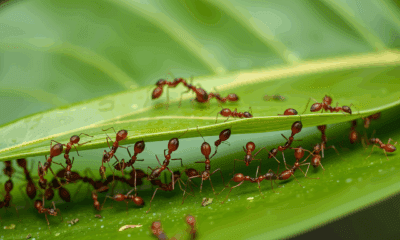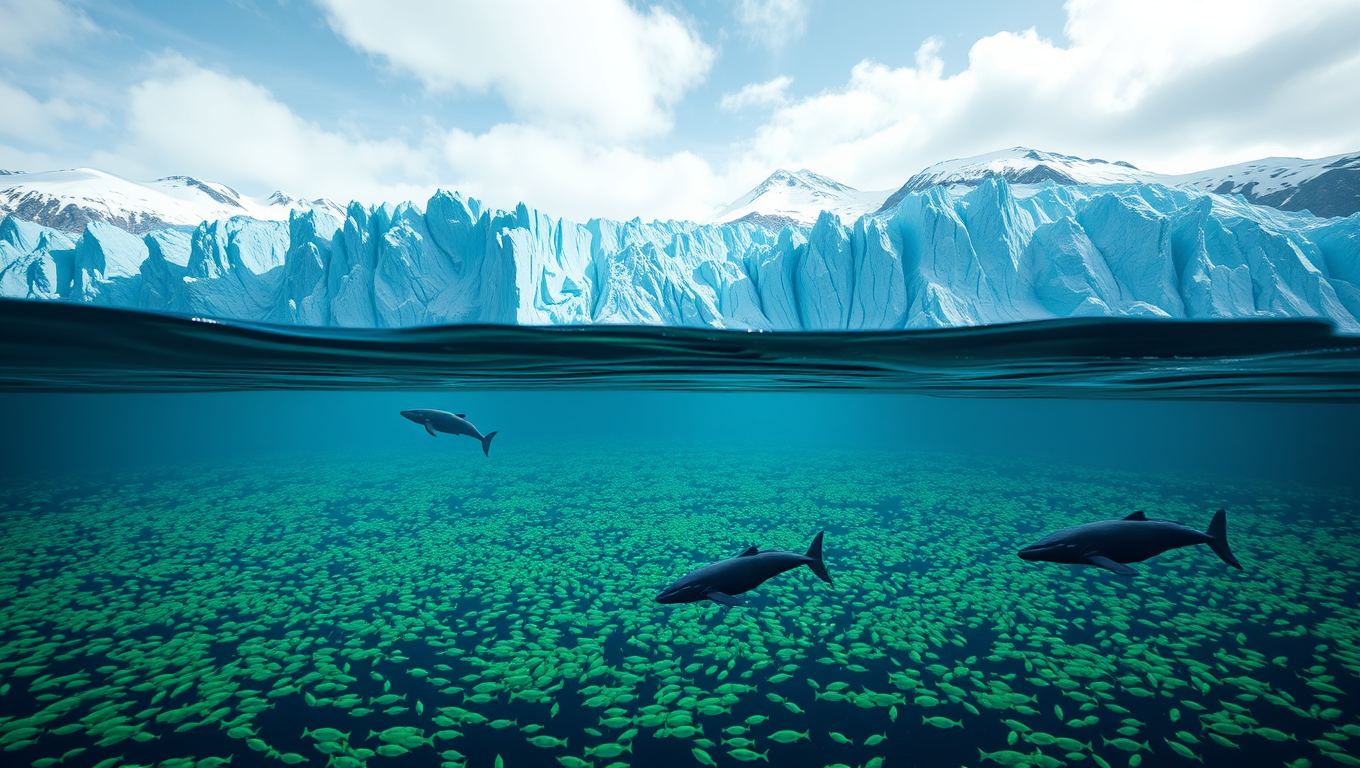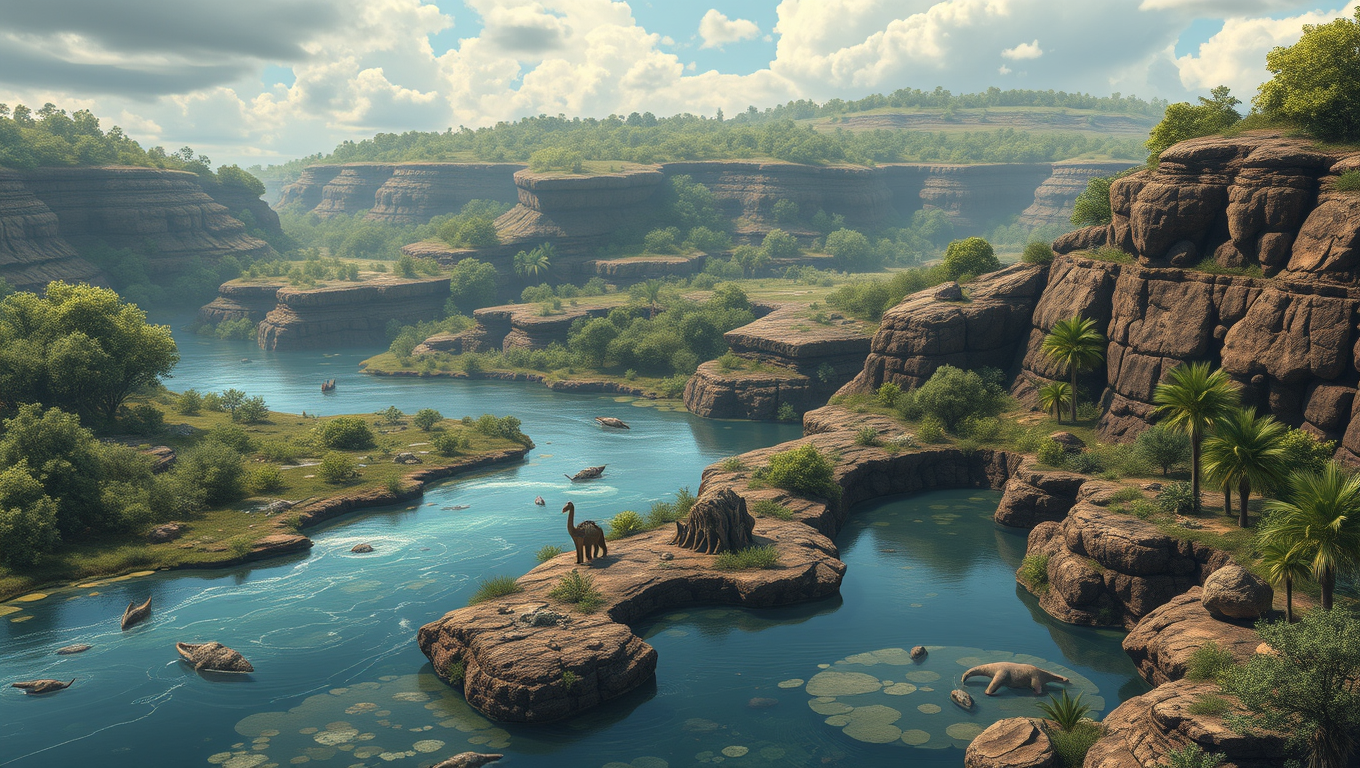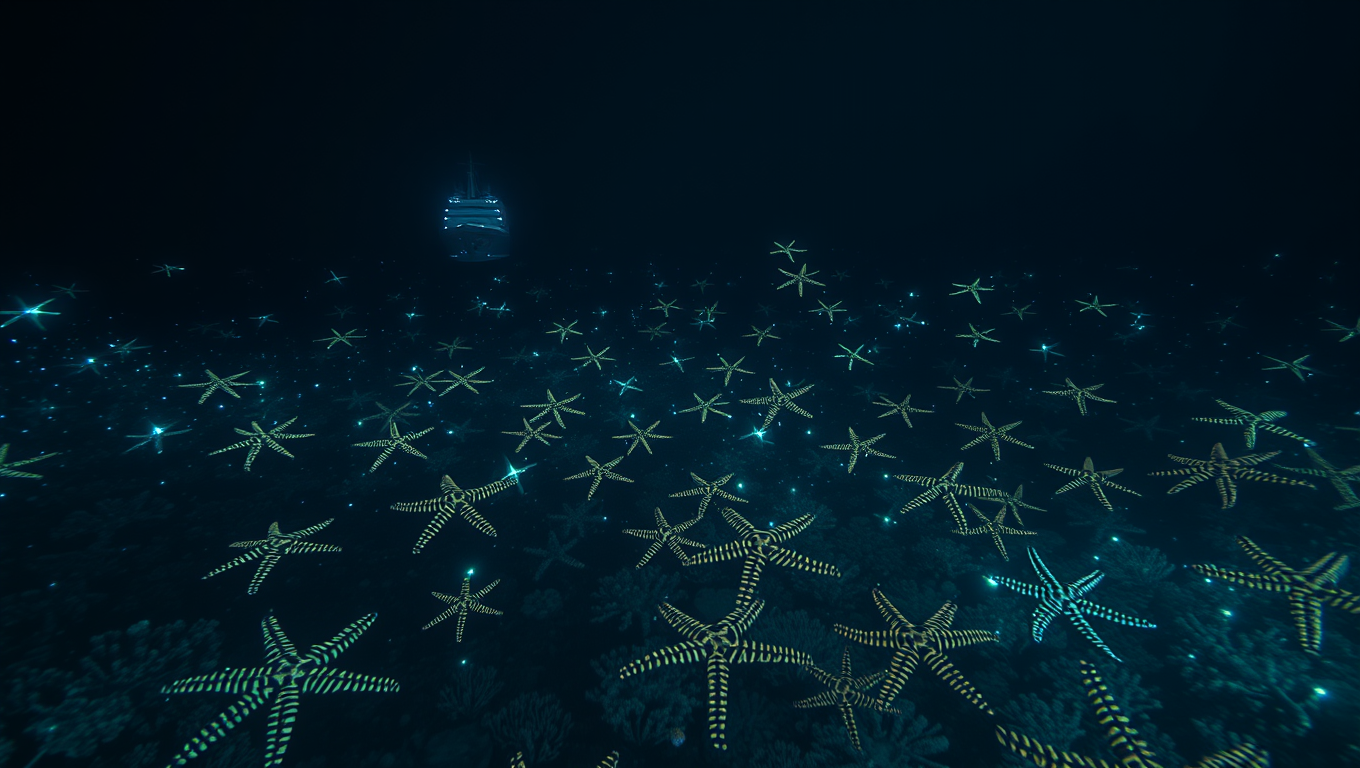While we try to keep things accurate, this content is part of an ongoing experiment and may not always be reliable.
Please double-check important details — we’re not responsible for how the information is used.
Fish
Shrinking Nemo: Clownfish Adapt to Heatwaves by Shrinking to Survive
Clownfish have been shown to shrink in order to survive heat stress and avoid social conflict, research reveals.
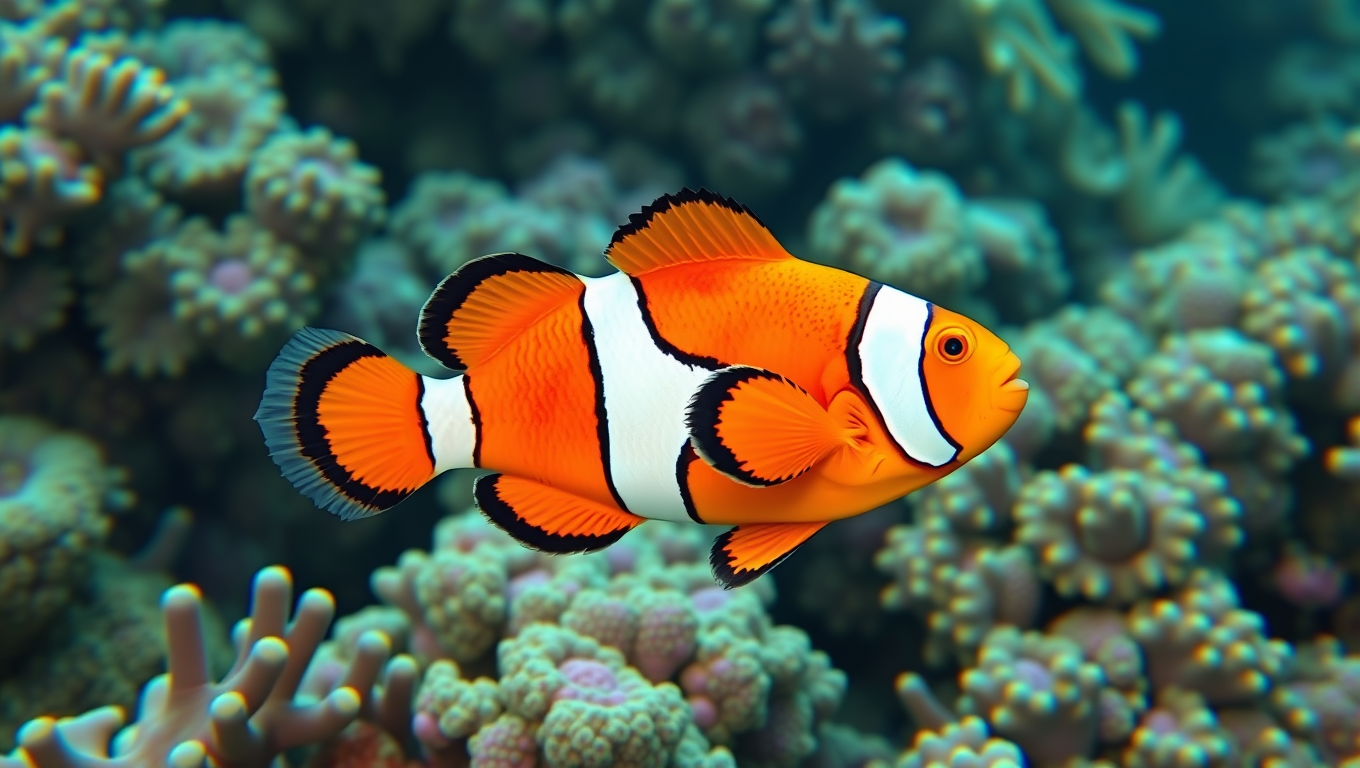
Air Quality
Greenland’s Glacial Runoff Fuels Explosive Growth in Ocean Life
NASA-backed simulations reveal that meltwater from Greenland’s Jakobshavn Glacier lifts deep-ocean nutrients to the surface, sparking large summer blooms of phytoplankton that feed the Arctic food web.
Cultures
Uncovering Ancient Secrets: Three Worlds Frozen in Time beneath Illinois for 300 Million Years
Over 300 million years ago, Illinois teemed with life in tropical swamps and seas, now preserved at the famous Mazon Creek fossil site. Researchers from the University of Missouri and geologist Gordon Baird have reexamined a vast fossil collection, uncovering three distinct ancient environments—freshwater, transitional marine, and offshore—each with unique animal life. Their findings, enhanced by advanced imaging and data analysis, reveal how sea-level changes, sediment conditions, and microbial activity shaped fossil formation.
Earth & Climate
“Hidden Ocean Superhighway” Revealed Through Groundbreaking DNA Study
Deep beneath the ocean’s surface, a groundbreaking DNA study reveals that the deep sea is far more globally connected than once thought. By analyzing thousands of brittle stars preserved in museum collections, scientists discovered these ancient creatures have silently migrated across the planet’s seafloor for millions of years, forming a vast evolutionary network from Iceland to Tasmania.
-

 Detectors8 months ago
Detectors8 months agoA New Horizon for Vision: How Gold Nanoparticles May Restore People’s Sight
-

 Earth & Climate9 months ago
Earth & Climate9 months agoRetiring Abroad Can Be Lonely Business
-

 Cancer9 months ago
Cancer9 months agoRevolutionizing Quantum Communication: Direct Connections Between Multiple Processors
-

 Albert Einstein9 months ago
Albert Einstein9 months agoHarnessing Water Waves: A Breakthrough in Controlling Floating Objects
-

 Earth & Climate9 months ago
Earth & Climate9 months agoHousehold Electricity Three Times More Expensive Than Upcoming ‘Eco-Friendly’ Aviation E-Fuels, Study Reveals
-

 Chemistry9 months ago
Chemistry9 months ago“Unveiling Hidden Patterns: A New Twist on Interference Phenomena”
-

 Agriculture and Food9 months ago
Agriculture and Food9 months ago“A Sustainable Solution: Researchers Create Hybrid Cheese with 25% Pea Protein”
-

 Diseases and Conditions9 months ago
Diseases and Conditions9 months agoReducing Falls Among Elderly Women with Polypharmacy through Exercise Intervention









